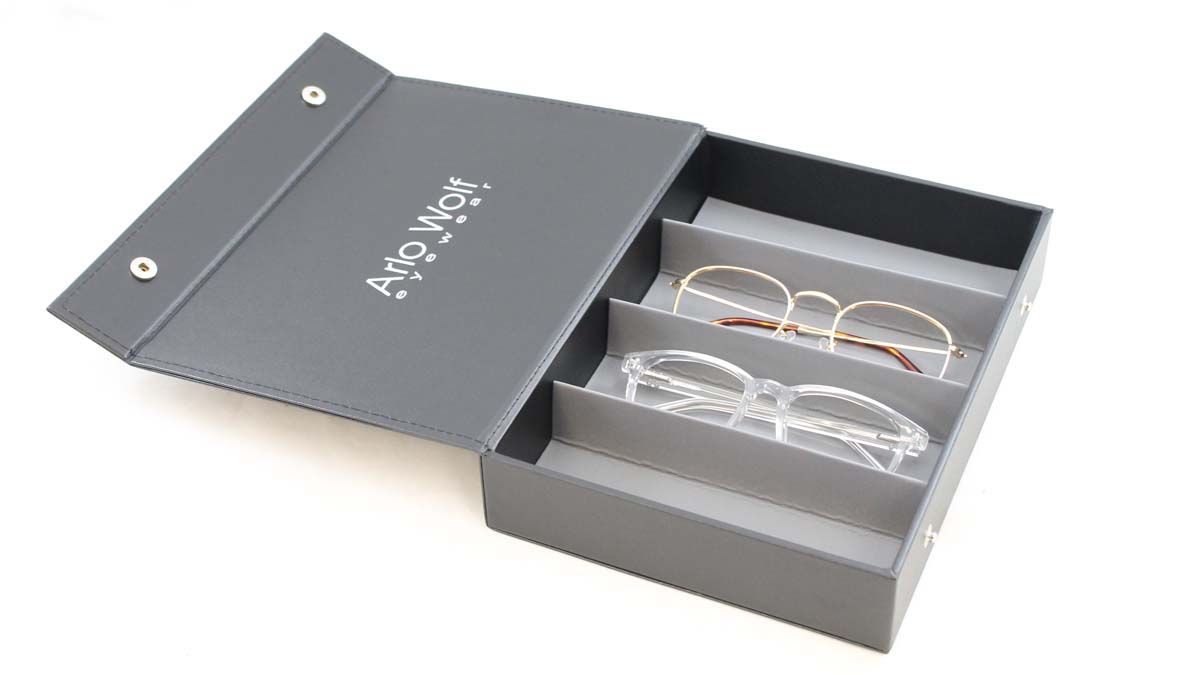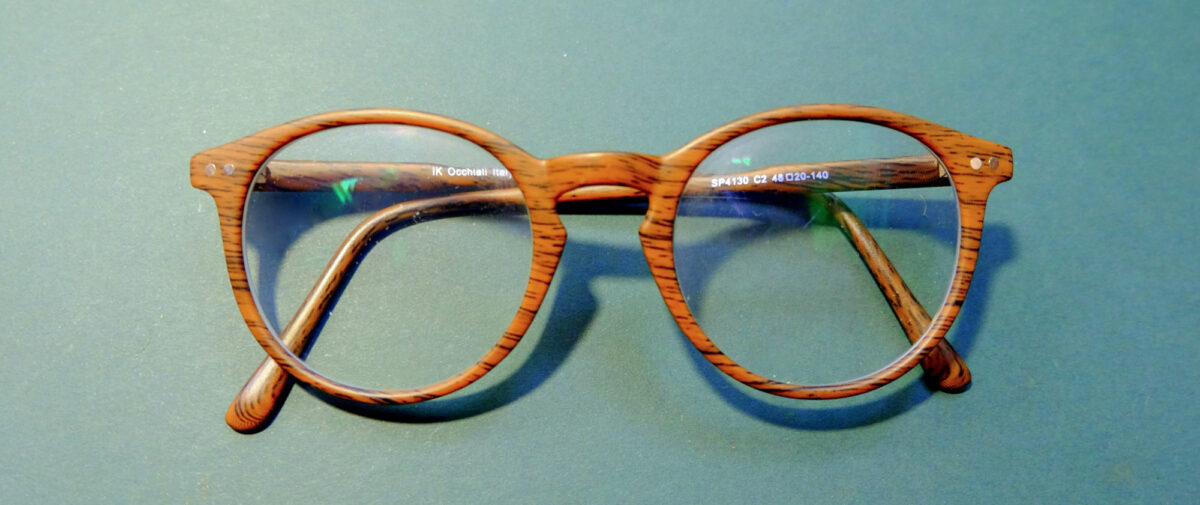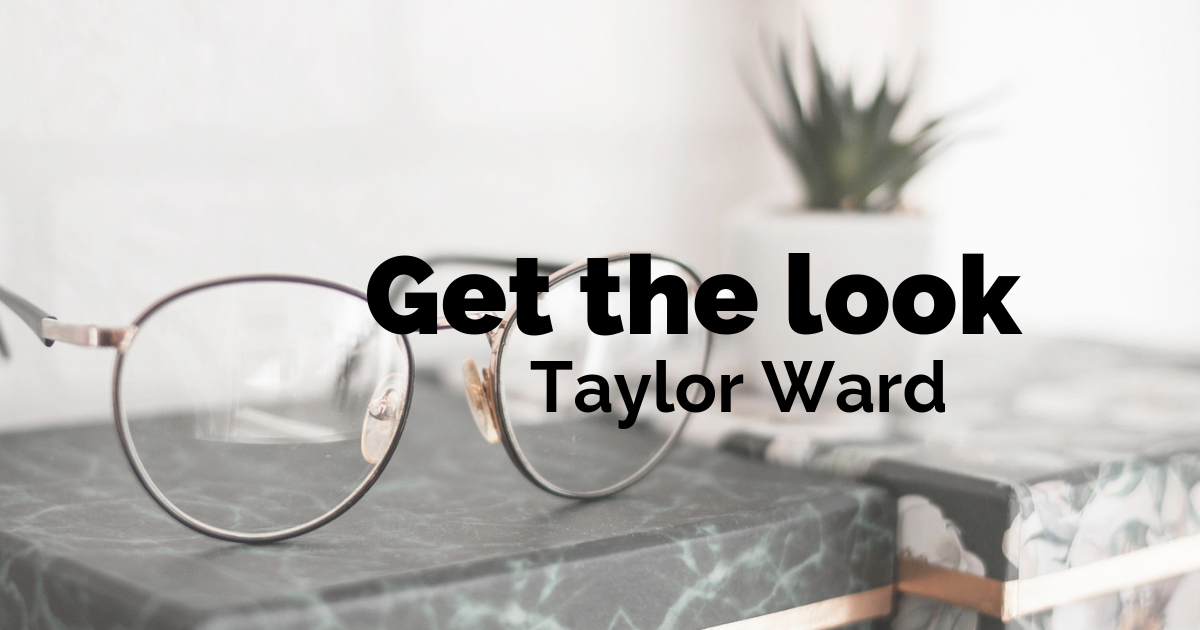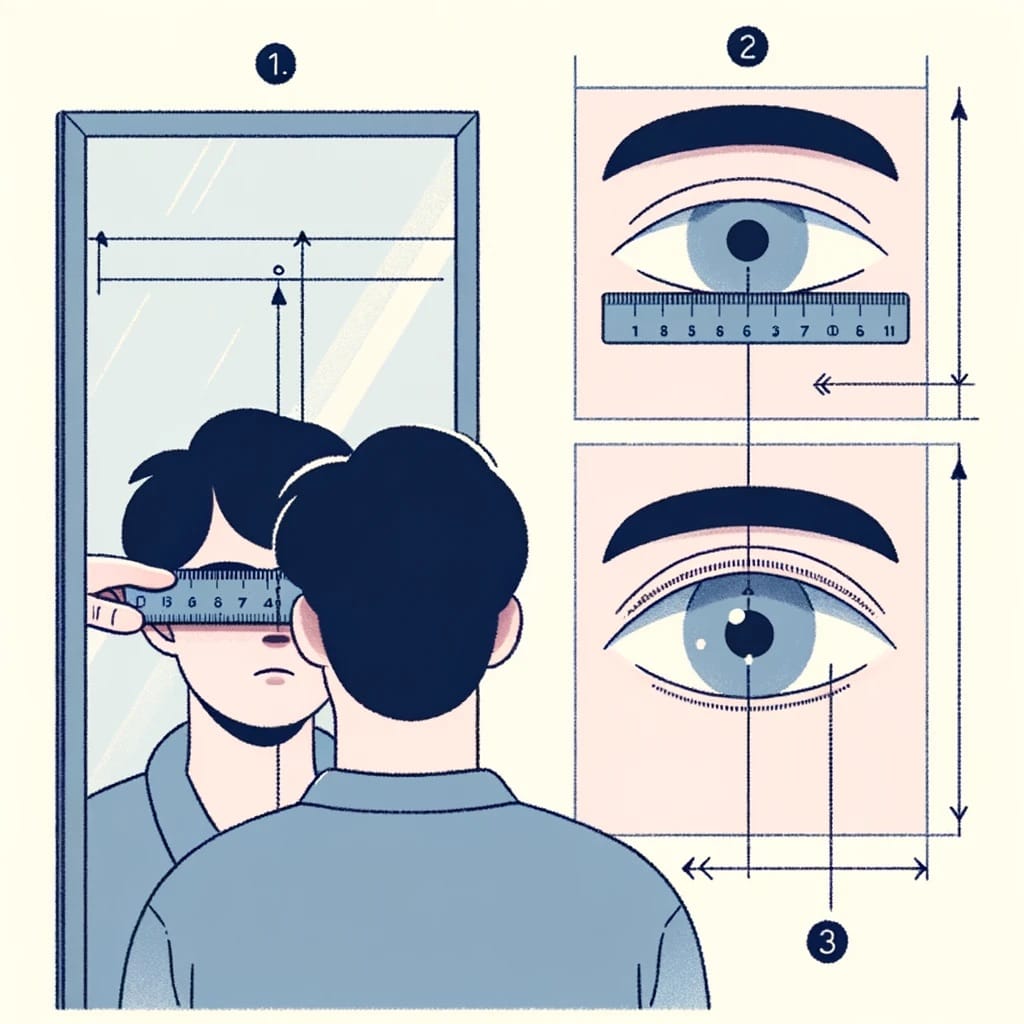We wear them every day and we literally look through them for many hours a day but we rarely think about how they came about or even just about the improvements we have seen over the last century. Here at Arlo Wolf we have prepare a little history lesson about prescription glasses. Luckily there has been technological advancement since the beginning as well a lot work is put into the designs. After all we have them on our face most of the day so luckily we can now choose between many different shapes, materials and colours. With the evolution in design they have almost become a fashion object. Like who does not have multiple glasses with the same prescription so we can swap between them depending on the occasion. We might be biased here at Arlo Wolf but we are definitely guilty of that 🙂
Prescription glasses, the unassuming yet transformative eyewear that has become an integral part of our life, have a rich and fascinating history that spans centuries. From their humble beginnings as rudimentary aids for the visually impaired to their status as fashion statements and technological wonders today, the evolution of prescription glasses is a testament to human ingenuity and our unceasing quest for clearer vision.
The Origins of Prescription Glasses
The origins of prescription glasses can be traced back to the ancient civilizations of the Egyptians and Romans. Historical records suggest that early attempts at vision correction involved the use of magnifying glasses made from polished crystals or glass. These early optical aids were primarily used by scholars and monks to enhance their reading and writing, marking the first steps towards creating a solution for vision problems.
The Renaissance and the Birth of Spectacles
It wasn’t until the 13th century, during the European Renaissance, that the concept of prescription glasses as we know them began to take shape. Salvino D’Armate, an Italian inventor, is often credited with crafting the first wearable eyeglasses around 1284. These early spectacles consisted of convex lenses set into frames that balanced on the bridge of the nose. While they provided a means to correct farsightedness, their design lacked sophistication and comfort.
Advancements in Lens Crafting
The 17th century marked a pivotal period in the evolution of prescription glasses. The development of lens-grinding techniques by Dutch opticians allowed for more precise shaping of lenses, leading to improved visual correction for different types of refractive errors. The introduction of concave lenses addressed nearsightedness, adding versatility to eyewear. As lens-making techniques continued to evolve, eyeglasses gradually gained popularity among the general population.
By the 18th century, eyeglasses were no longer solely functional tools but also stylish accessories. Innovations in frame design and materials, such as the introduction of lightweight metal frames, gave rise to a burgeoning eyewear industry. Prescription glasses became symbols of status and intellect, with various shapes and styles reflecting changing fashion trends and cultural influences.
The 19th and 20th centuries witnessed remarkable technological advancements in eyewear. The introduction of bifocal lenses by Benjamin Franklin in the 1780s provided a solution for individuals with both nearsightedness and presbyopia. Subsequent innovations included trifocal lenses and progressive lenses, which seamlessly combined multiple prescriptions into a single lens.
The 20th century brought about revolutionary changes in lens materials, with the development of lightweight plastics and scratch-resistant coatings. Contact lenses and laser eye surgery emerged as alternative solutions to correct vision, challenging the dominance of traditional prescription glasses. Nevertheless, eyeglasses remained popular due to their convenience, versatility, and ability to make a personal style statement.
The Digital Age and Beyond
In the digital age, prescription glasses have adapted to the challenges posed by prolonged screen usage. The prevalence of blue light glasses addresses concerns about digital eye strain and disrupted sleep patterns. Additionally, smart glasses have entered the scene, integrating technology such as augmented reality displays and voice recognition, further blurring the line between eyewear and innovation. Arlo Wolf has long been offering these blue light glasses and we are getting lot of feedback from customer who tells us how much their “blue light life” has improved after buying them.
The evolution of prescription glasses from their ancient origins to the modern era is a testament to humanity’s unwavering pursuit of clear vision and technological progress. From rudimentary magnifying glasses to sophisticated multifocal lenses and stylish frames, prescription glasses have transformed from mere tools into essential accessories that enhance our lives. As technology continues to advance, it is exciting to ponder what the future holds for prescription glasses, ensuring that our vision remains as clear as the path we have tread throughout history.

Arlo Wolf as Part Of the Evolution in Prescription Glasses
While Arlo Wolf might not have invented the prescription glasses we have been around for a while and we were one of the first ones in UK allowing people to try glasses at home and we believe this home trial solution is big change in this industry. We saw people buying DVDs and books online more than 25 years ago but no one really made it easier for us wearing glasses. We are still very excited about shaking up the industry and making it easier for our customers to buy glasses online.

 Get the Look: Taylor Ward with Arlo Wolf Eyewear
Get the Look: Taylor Ward with Arlo Wolf Eyewear Which glasses are best paired with grey hair?
Which glasses are best paired with grey hair? Get the Armani look for less at Arlo Wolf!
Get the Armani look for less at Arlo Wolf! How To Measure Your Pupillary Distance
How To Measure Your Pupillary Distance